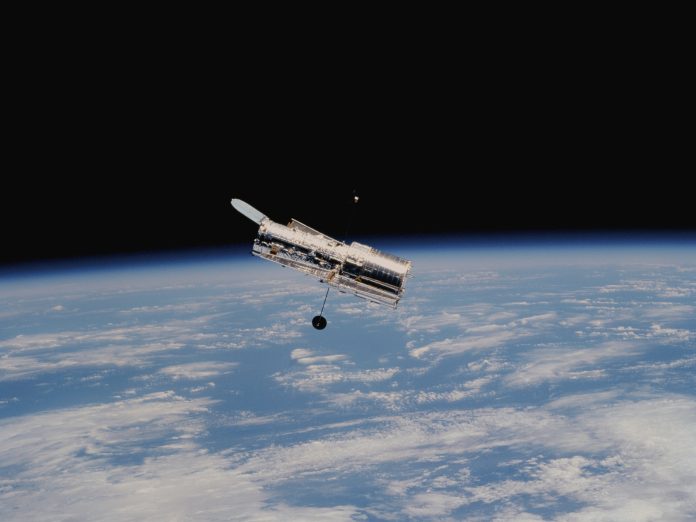Named for celebrated astronomer Edwin Hubble, the Hubble Space Telescope (HST) went into orbit on April 24, 1990. Still operational 33 years later, it continues to produce breathtaking images of planets and galaxies.
The James Webb Space Telescope (JWST), named after the NASA Administrator of the Apollo program, rocketed into space on December 25, 2021. Designed to complement the aging Hubble which observes objects in the shorter wavelengths of ultraviolet and visual light, JWST’s primary focus is on the other end of the spectrum, the longer wavelengths of the infrared. This makes Hubble and JWST a formidable pair of observatories that together cover a broad wavelength range.
Because the universe is expanding, as a galaxy moves away from Earth, its light wave is stretched; causing it to appear red (infrared). Conversely, a galaxy moving toward us has its light wave compressed; causing it to appear blue (ultraviolet).
How HST and JWST Compare
Location: HST: In low Earth orbit at an altitude of 547 kms. JWST: 1.5 million kms from Earth at a point in space known as Lagrange 2.
Size: HST: School bus. JWST: Tennis court.
Light observed: HST: Ultraviolet, visible, and near-infrared light. JWST: Near and mid infrared light.
Mirror surface: HST: 4.5 sq. metres. JWST: 25 sq. metres. As its larger mirror can gather more light, it can view objects 100 times fainter than the Hubble can see.
Maintenance: HST: Was repaired and upgraded by the now obsolete Space Shuttle. JWST: Is too far from Earth to repair.
Mission Lifetime: HST: Will remain operational as long as its instruments are functioning. JWST: Minimum expected lifespan is five years but may go beyond ten years. This will depend on how long its propellant, which is needed to keep it stable in orbit, will last.










